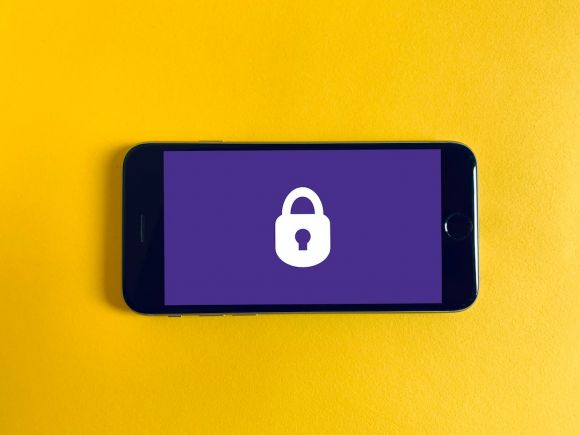Online shopping has become increasingly popular in recent years, offering convenience and accessibility to consumers worldwide. However, with the rise in online transactions, there has also been a surge in cybercrime. It is crucial to ensure that your payments are safe and secure when shopping online. In this guide, we will explore the best practices for safe payments during online shopping.
Research the Seller
Before making any purchase online, it is essential to research the seller thoroughly. Look for customer reviews and ratings to ensure the seller is reputable and trustworthy. Check if the website has a secure SSL certificate, indicated by a padlock symbol in the browser’s address bar. This certificate encrypts your personal and financial information, making it harder for hackers to access.
Use Secure Payment Methods
When making online payments, it is crucial to use secure payment methods. Credit cards and reputable online payment platforms, such as PayPal, offer buyer protection and secure transactions. Avoid using debit cards or bank transfers, as these methods may not provide the same level of protection. Additionally, some credit cards offer additional security features, such as virtual card numbers or two-factor authentication, which can further enhance the safety of your transactions.
Beware of Phishing Scams
Phishing scams are a common method used by cybercriminals to steal personal and financial information from unsuspecting individuals. These scams often involve fraudulent emails or websites that mimic legitimate businesses. To protect yourself, be cautious of any unsolicited emails or messages asking for personal information or urging immediate action. Always verify the legitimacy of the sender or website by directly contacting the company using their official contact information.
Secure Your Devices and Network
To ensure the safety of your online transactions, it is essential to secure your devices and network. Keep your devices up to date with the latest security patches and antivirus software. Use strong and unique passwords for your online accounts and enable two-factor authentication whenever possible. Additionally, avoid using public Wi-Fi networks when making online payments, as they may not be secure. Instead, use a trusted and encrypted network, such as your home Wi-Fi or a virtual private network (VPN).
Monitor Your Accounts
Regularly monitoring your bank and credit card statements is crucial for detecting any unauthorized transactions. Set up alerts for your accounts to receive notifications for any suspicious activity. If you notice any unfamiliar charges or discrepancies, contact your bank or credit card company immediately. Acting quickly can help prevent further unauthorized transactions and minimize any potential financial losses.
Conclusion: Ensuring Safe Payments during Online Shopping
Online shopping offers convenience and accessibility, but it also comes with risks. By following these best practices, you can significantly enhance the safety of your online payments. Researching the seller, using secure payment methods, and being cautious of phishing scams are essential steps to protect yourself. Additionally, securing your devices and network and monitoring your accounts regularly will help detect and prevent any unauthorized transactions. By practicing these measures, you can shop online with confidence and peace of mind.
